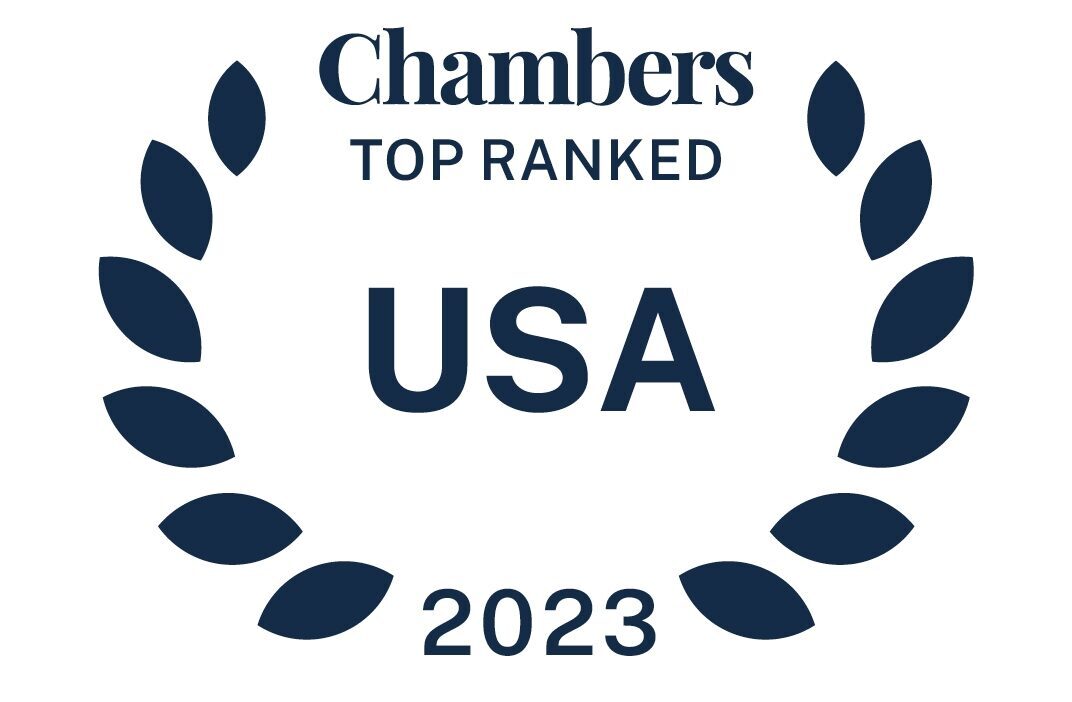As previously noted in our Digital Health Mid-Year Review, 2018 has seen greater acceptance of telemedicine within the Medicare program. Both regulatory and statutory changes have expanded reimbursement opportunities and, consequentially, opportunities for the deployment of telemedicine technologies. As we noted then, however, improvement in the Medicare reimbursement environment for telemedicine services has been tied to a policy goal of not increasing utilization unnecessarily. We noted in our Mid-Year Review that Congress appears to be following MedPac’s recent guidance that Congress “should take a measured approach to further incorporating telehealth into Medicare by evaluating individual telehealth services to assess their capacity to address. . . cost reduction, access expansion, and quality improvement.”
The recently introduced Reducing Unnecessary Senior Hospitalizations Act of 2018 (the RUSH Act), seems to deviate from MedPac’s suggested approach. The RUSH Act seeks to avoid hospitalizations through a program that creates financial incentives for providing certain nonsurgical services furnished by hospital emergency departments at skilled nursing facilities that are qualified to provide such services by the Secretary of Health and Human Services The RUSH Act specifically refers to the possibility that some of these services could be provided by licensed practitioners “through the use of telehealth.” Interestingly, the RUSH Act does not specify what telehealth services should be allowable or how they should be reimbursed; rather, the RUSH Act leaves these matters for agency determination.
According to Representative Diane Black (TN), one of the bill’s sponsors, “[t]here are companies who are ready and able to provide this innovative care. . . . These positive disruptors just need Medicare’s payment policies to catch up with the technology. . . giving [nursing homes] the technology-enabled tools needed to lower health care costs and, most importantly, save lives.”
As an observer of this industry, I tend to agree with this claim, but under the approach taken by this bill, that determination will need to be made by the Department of Health and Human Services. Digital health companies looking for a better reimbursement environment are well-advised to focus on the bottom line of federal health policy–lower cost, improved care and increased access.
read more


 Subscribe
Subscribe


